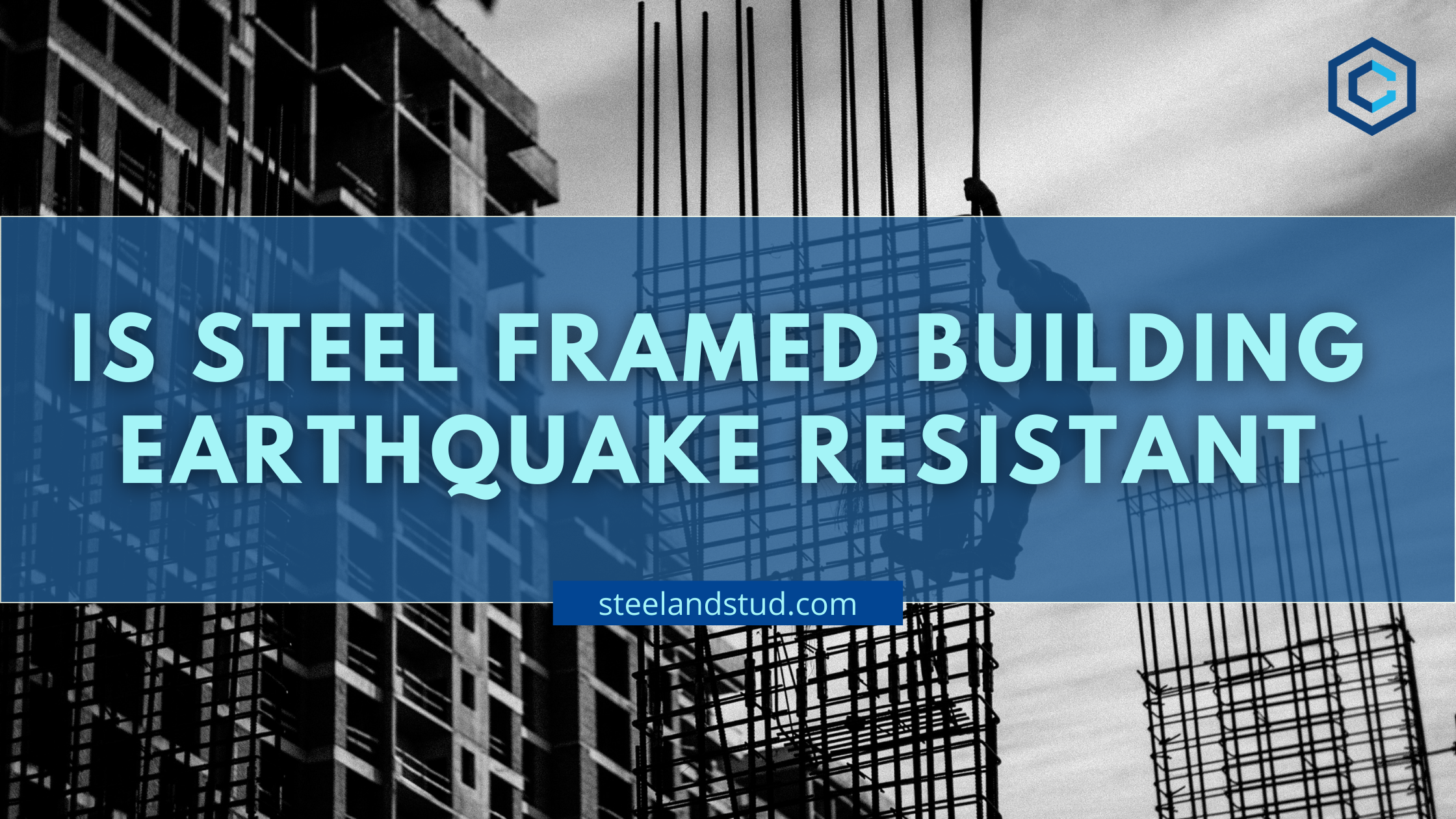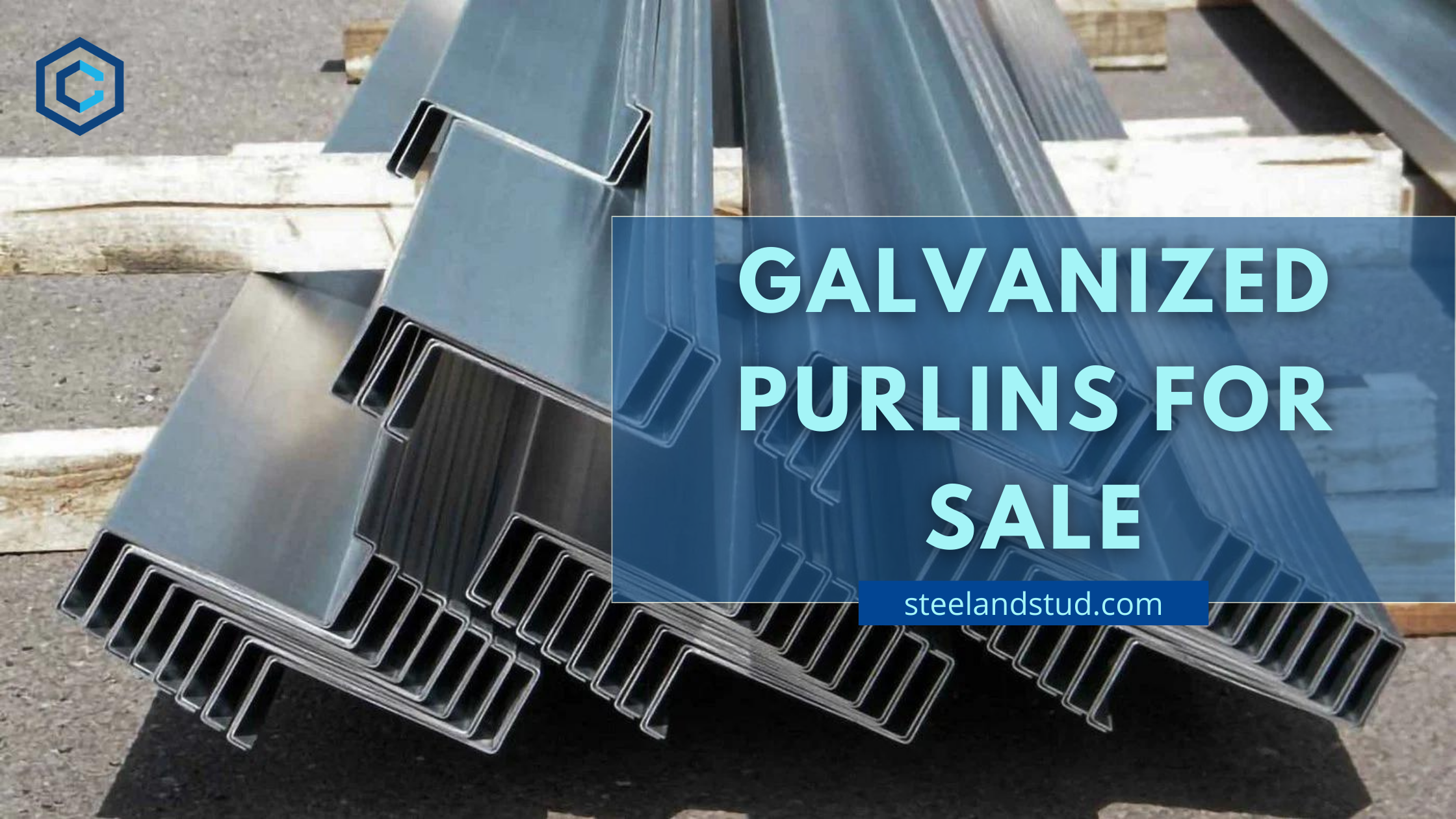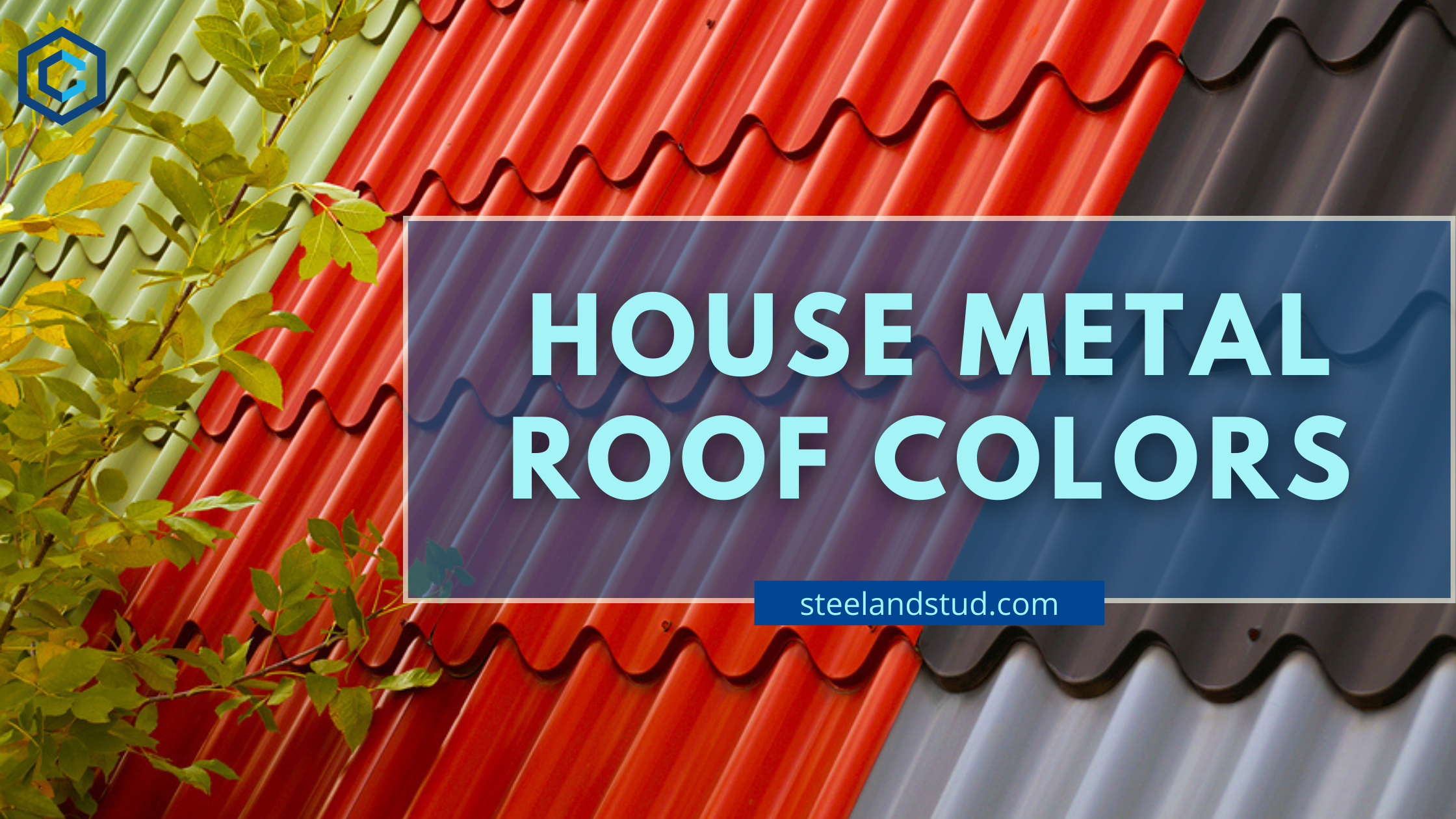
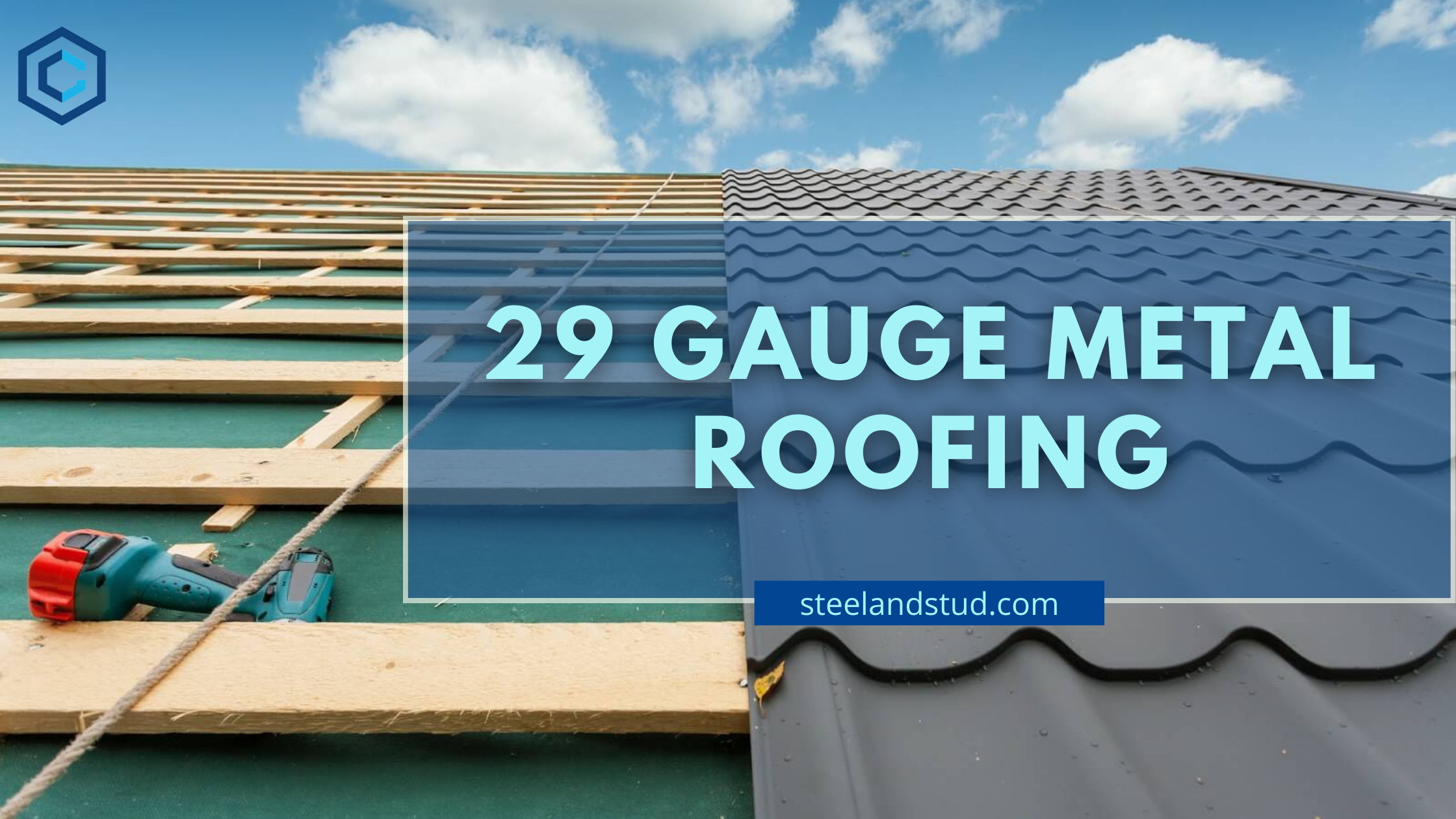
29 Gauge Metal Roofing
- Kunal Singh
Metal roofing gauges measure sheet metal thickness of the panel used to make the roof. The higher the number, the thinner the material. So, the 29 gauge metal roof panels are lighter than the 26 and 24-gauge roofing materials.
29 Gauge Metal Roofing- The Right Thickness
Metal roofing for homes is usually done with aluminum and steel. Nowadays, you will also find copper and zinc used for this purpose. The 29 gauge metal roofing thickness is lighter than the 26 and 24 gauges. The standard 29 gauge metal roofing thickness in inches is about 0.149.
Standard 29 gauge metal roof panels are treated with a metallic coating that prevents rusting. This coating is painted with the preferred color and finish to enhance the overall look and feel of the construction. The 29 gauge metal roofing price per foot is approximately $4.81 Linear FT. Steel and Stud are among the few suppliers selling metal building kits and materials at direct factory cost. We have high-quality galvanized steel metal panels for roofs and walls. You can browse and explore our metal buildings available near you.
Uses of 29 Gauge Metal Roofing
Commercial Uses
Metal roofs are popular for all sorts of US residential, commercial, and industrial buildings. In commercial spaces, you can see metal roofing in hospitals, hotels, restaurants, schools, and government buildings. Metal roof panels are also seen in churches and military structures. It is always advisable to use premium quality panels offered by leading companies. Most importantly, a 29 gauge metal roof is used in commercial projects as it is durable and weather-resistant.
Residential Uses
After rigorous 29 gauge metal roof testing, people have realized that metal roof panels are cost-effective in the long run and can be used in residential projects. These thicker metal panels can be used in various spaces, from roofing the entire house to covering a garage or a mailbox. Such 29 gauge metal roofs are also used in architectural buildings. Cutting 29 gauge metal roofing is easy and seamless. So, it can be molded to any size and shape. You can also often see a metal roof on the barn, warehouse, or storage sheds. Being weather-resistant, this is the best choice to keep items protected and intact.
Cost of 29 Gauge Metal Roofing Panels
While looking for 29 gauge metal roofing prices, it is crucial to state that the cost depends on the gauge. The thicker the roof gauge, more the price. Moreover, the quality of the gauge metal also decides the price. It is always advisable to go for a premium quality metal roofing gauge to enhance its effectiveness and durability. The standard average cost for a 29 metal gauge is approximately $5.29.
Types of Metal Panels
The 29 gauge metal roof panels are of various types. The variants and genres depending on the roofing material used, roofing style, paint color, and finishes.
Types of Metals
There are varieties of 29 gauge roofing materials used nowadays. The most common ones are steel, galvalume, aluminum, stainless steel, zinc, and copper.
Styles of Panels
Standing Seam: The metal roof where the panels are interlocked at the edges is called a standing seam. It comes with concealed fastener installation method, where the fasteners and clips are hidden behind the surface.
Exposed Fastener: The variant where the fasteners are exposed on the surface is referred to as the exposed fastener 29 gauge metal roof. It is less costly and widely used in the pole barn.
Snap Lock: The 29 metal roofing gauge that has been roll-formed with specific panel profile edges is called snap lock. These varieties join together and involve no manual or mechanical seaming during installation.
Mechanical Seam: Here, the two edges of the metal roofs are put together manually or with a robotic seamer’s help. The locked seam looks like a paper clip.
Tee Panel: In this design, the standing seam of the 29 gauge, along with the two panels, is connected at the top by a cap. The cap is then mechanically seamed in place to interlock the panels. Once the seaming is done, the top of the standing seam resembles the letter “T.”
Metal Paints And Finishes
You will be surprised to find the 29 gauge metal roof and siding color simulator available for various types of construction. Choose from the plethora of 29 gauge black metal roofing, terra cotta, solar white, dove grey, sandstone, slate blue, silver, copper tan, hemlock green, stone white, regal blue, and evergreen. The 29 gauge metal roofing colors will complete the look and feel of the project.
How to install 29 gauge metal roofing?
Installation of the panels is very essential. The correct installation makes the 29 gauge metal roof alignment seamless and flawless. Thereby water and insects do not penetrate through the fitted panels.
Underlayment
The underlayment is the most crucial thing to consider while installing a 29 gauge corrugated metal roofing. Ideally, the 29 gauge metal roof underlayment should be laid wrinkle-free. While unrolling the 29 gauge metal roof underlayment insulation, the panels should be placed 6-8 inches apart.
Order Panels for Best Fit
The aluminum panels should be made to order, depending on the building’s structure. Loose and ill-fitted panels might not fit and may make water penetrate, destroying the 29 gauge tough rib galvanized metal roof. Oversized or undersized panels will result in 29 gauge metal roof leaks and seepage.
Bending Trim
Before installing, you need to cut and bend the 29 gauge metal roof alignment, to wrap around the edges. To join the edges and space, the tabs of the 29 metal gauges should be folded with a hand seamer.
Connect And Overlap Trims
Connecting 29 gauge metal roof edge trim is very crucial. Firstly, you have to angle-cut the underlapping edges and apply sealant on the top surface. Try to slide the overlapping trim over the underlapping trim for a seamless look of the 29 gauge black metal roofing.
Set the Panels
It is always advised to put a strip of foam sealing inside each 29 gauge metal roof edge trim. The thickness of the strips protects the roof against insects and external elements. The strips block the corrugated bottom of the 29 gauge metal roof eave trim and keep all insects and pests at bay.
Fastening
The key to making a seamless 29 gauge metal roof design is the tight fastening of the panels. Screws are used to tighten the 29 gauge metal roof and shingles so that the rubber gasket is fully compressed.
26 vs. 29 Gauge Metal Roofing
Along with a 29 gauge metal roof and shingles, the 26 gauge is also fairly popular. Let us look at the thickness and other factors that differ between these two variants.
Thickness
The thickness of the 29 gauge metal roof differs from that of the 26 gauge. The 29 gauge is about 0.36 millimeters thick. The 26 gauge metal panel is the thicker gauge and the width is 0.45 millimeters. The 29 gauge metal roofing weight is lighter than the 26 gauge roofs.
Durability
The 29 gauge metal roofing weight is appropriate for residential uses. Being lesser thick, the 29 gauge metal roof is not a full-fledged weather-resistant barrier. The thicker variants offer more fire resistant and sustainability, especially in severe weather conditions in high winds.
Appearance
While making the comparison between 26 vs. 29 gauge metal roofs, appearance is one factor where the two variants hardly The 29 gauge metal roof deck types resemble exactly like the 26 gauge., By seeing their appearance, you cannot make out which is 29 gauge. However, as per the expert opinion, waves and bumps, also known as oil canning on the 29 gauge metal roof flashing, are more visible on the thinner panel.
Lifespan
Are your wondering how long will a 29 gauge metal roof last? The 29 gauge metal roofing structure lasts for about 20-25 years in all weather conditions. The thickness of 29 gauge is lesser hence the 26 gauge metal variant. So the latter is more robust and durable. It can resist a building by saving it against heavy winds and other harsh weather conditions.
Weight
The weight of a 29 gauge roof is about 9 ounces, while that of 26 gauge is 12 ounces. If you want to know how much 29 gauge metal roofing weighs per foot, experts say it is approximately 1.5 pounds per square foot.
Purlin Spacing
The purlin spacing for 29 gauge is 2 feet. The same for 26 gauge metal roofing is 4.5 feet.
Cost
The average cost of 29 gauge metal roofing ranges from $1.75 to $3 per square foot, while the average cost for 26 gauge metal roofing costs around $1.75 to $4 per square foot.
Conclusion
The 29 gauge metal roofs are lightweight, affordable, cost-effective, and the best bet for metal building owners. The metal panels are seamlessly placed, overlapping each other. The 29 gauge metal roof uses are aplenty. Mostly these are used in residential roofs and commercial buildings. Protecting from extreme weather conditions, these 29 gauge metal roof thicker panels are structurally sound. If you are keen on looking for 29 gauge metal roof reviews, click on authorized companies who deal with the best quality metals. If you are thinking of roofing your house, agricultural storage, barn, or any industrial set-up, choose a 29 gauge metal roof for the most cost-effective roofing solution.
Frequently Asked Questions
The thickness of 29 gauge metal roofing is 0.36 mm. Metal roofing gauges refer to the thickness of the materials used. The higher the number, the thinner the thickness, and thereby lighter the weight.
The 29 gauge metal roof and siding color combinations are ideal for residential uses. Considering the thickness and weight, this is the best material for roofing the house and the garage. The 29 gauge metal roof maintenance is pretty easy and seamless, so all the more reason for using it for residential buildings.
The debate of 29 gauge metal roofing vs 26 gauge is widely discussed. Both variants have many advantages. One is thicker than the other, while the other is the least expensive option if budget is a constraint. Choose the variant of metal gauge roofs as per your need.
The 29 gauge metal roofs can be colored for unique finishes. You can choose terra cotta, solar white, shades of blue and green, black, brown, golden, and silver. This will make the building look aesthetically pleasing.


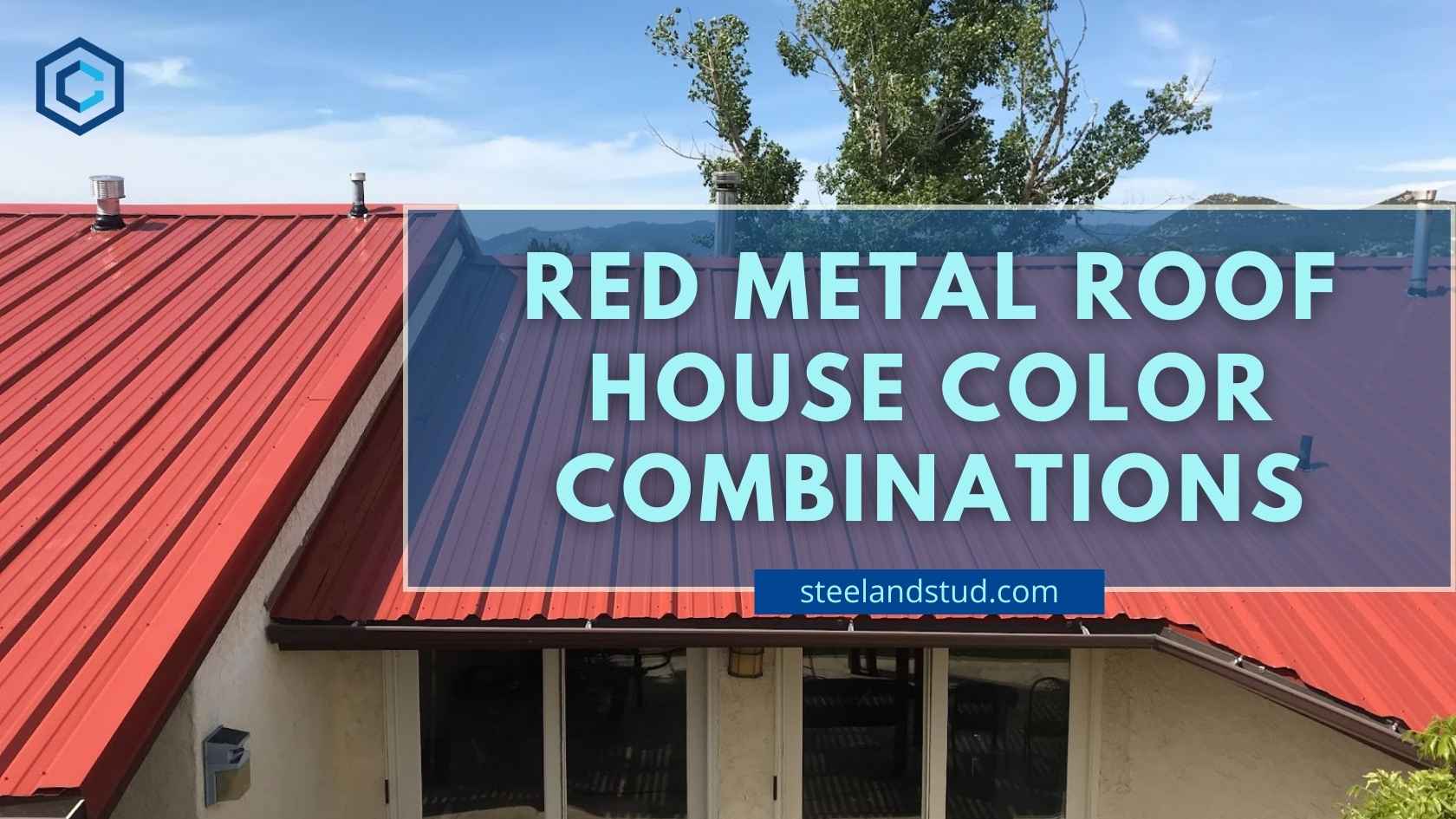
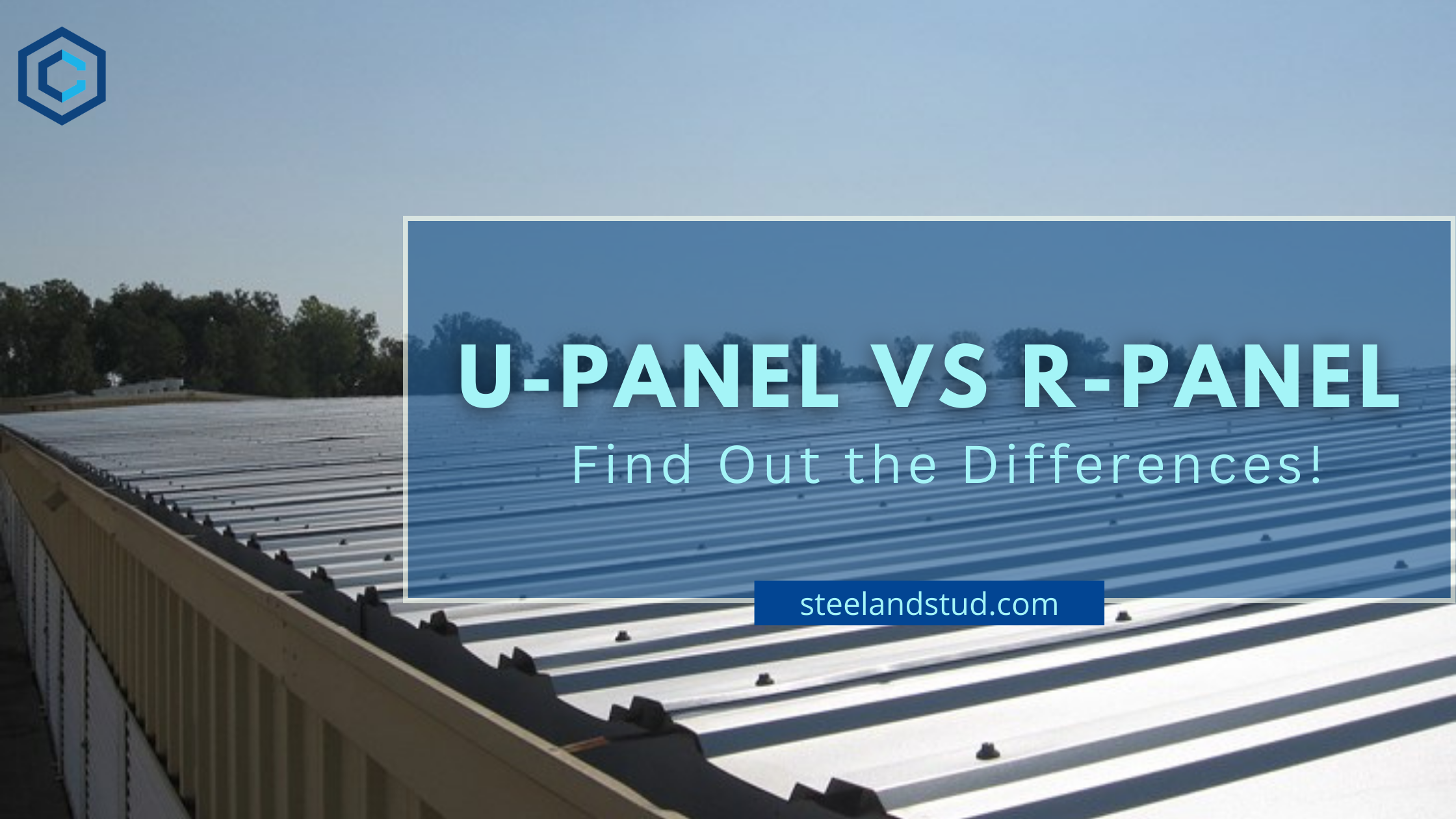
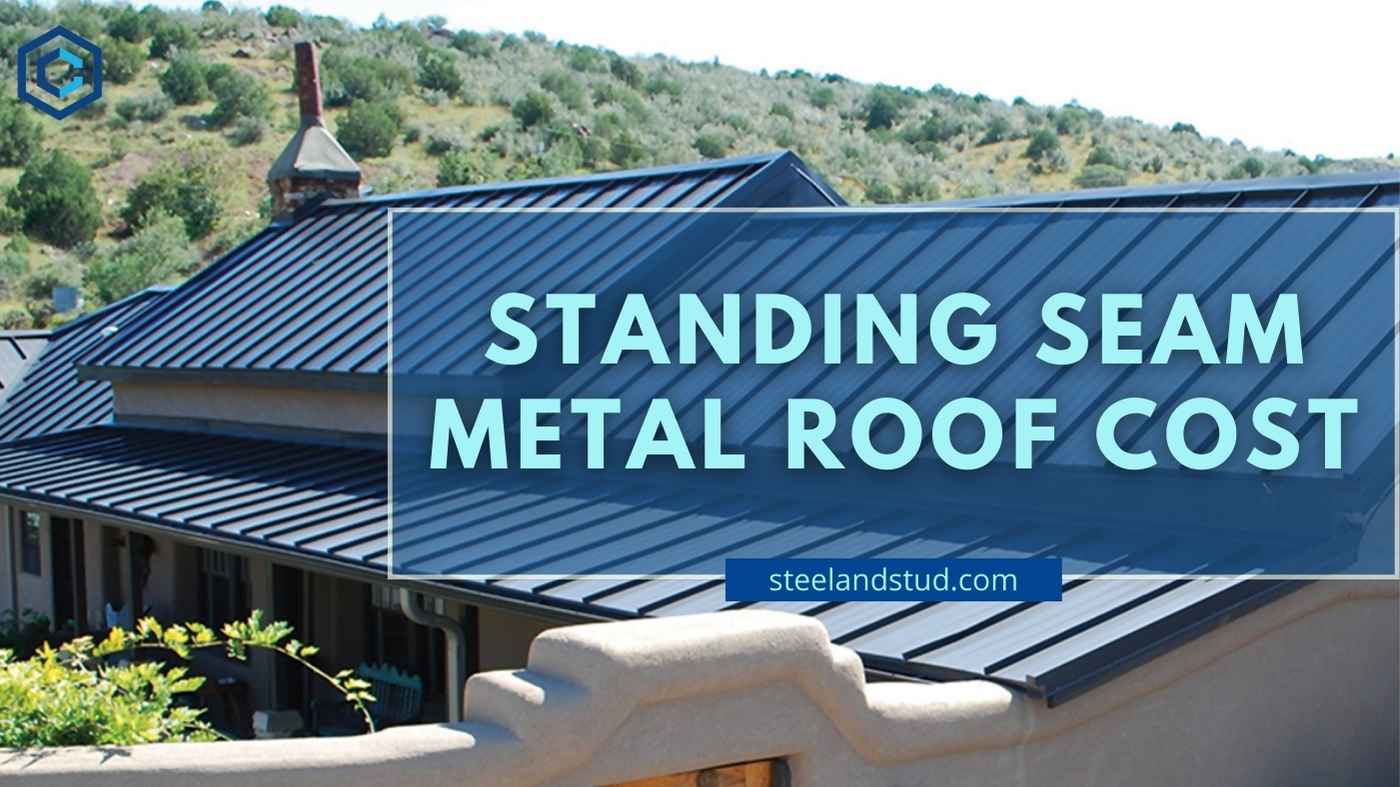
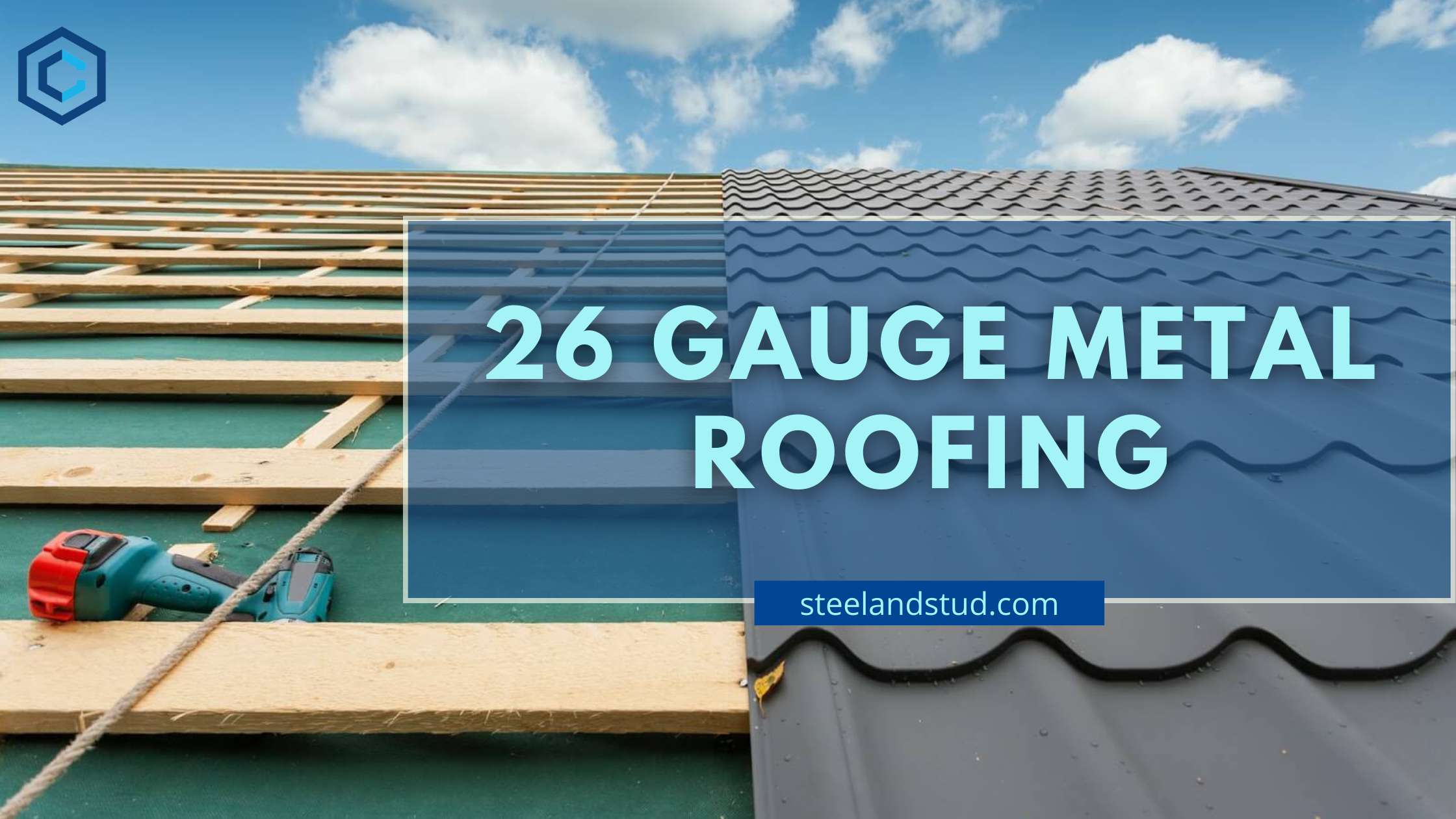
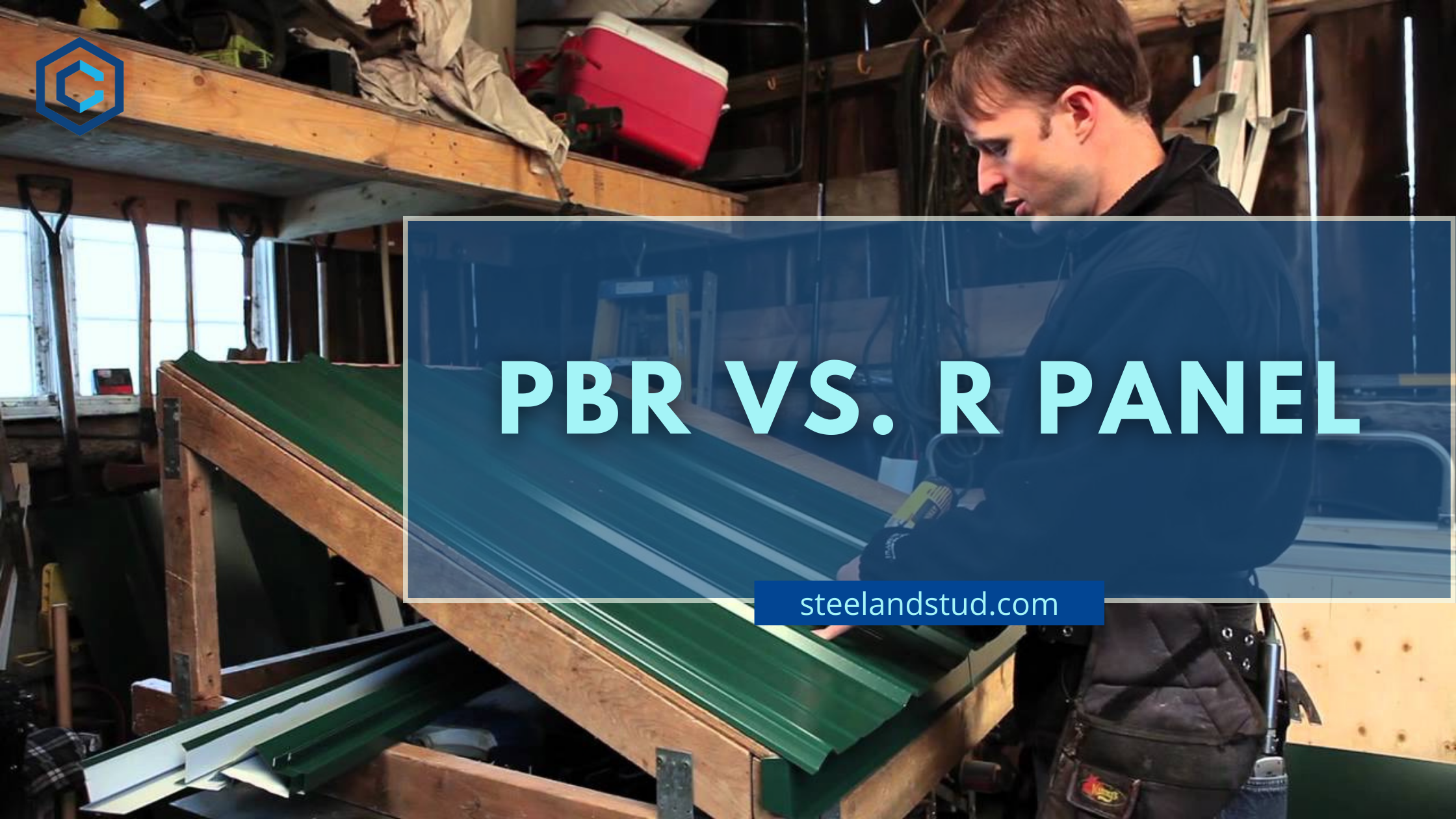
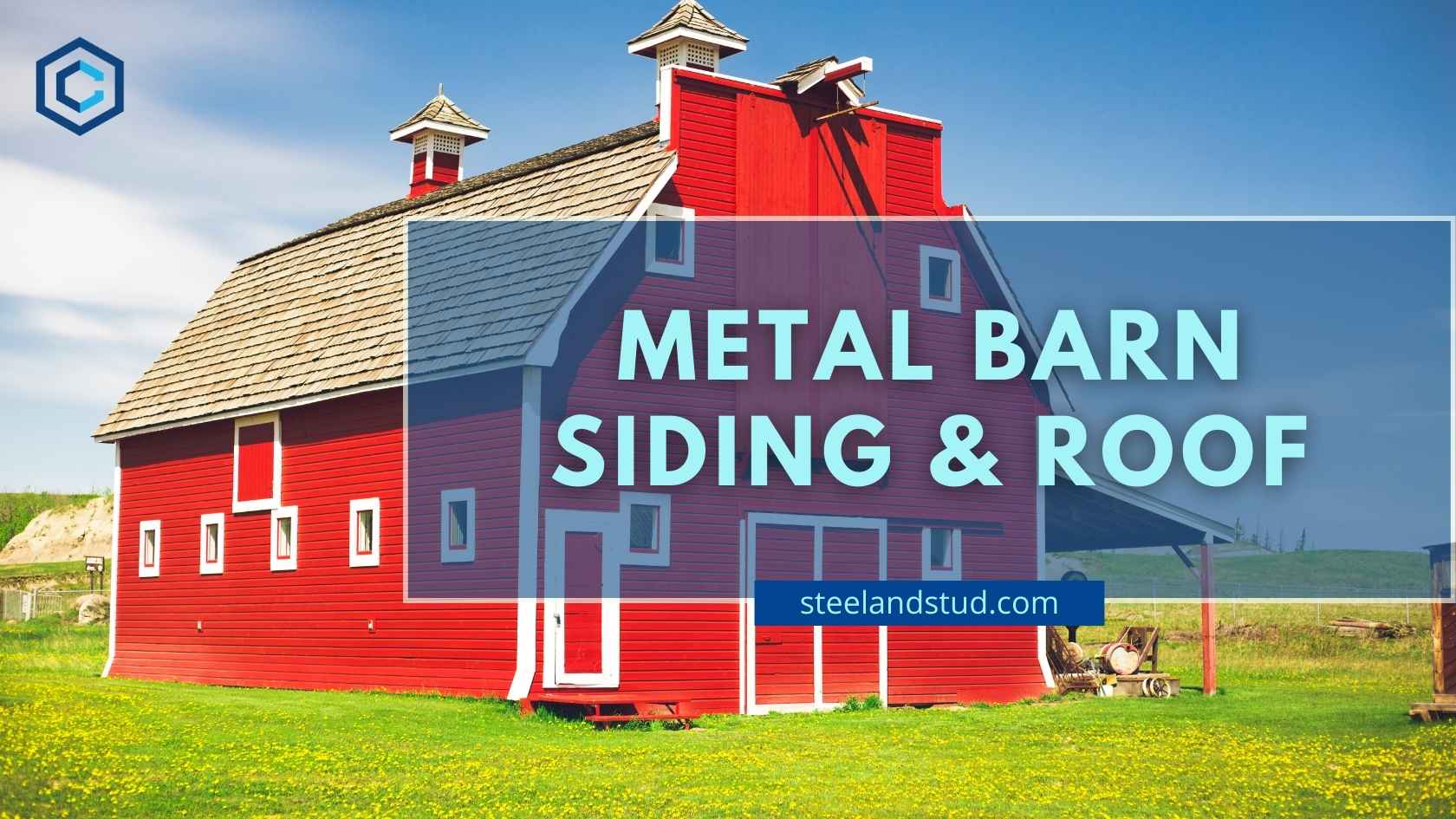
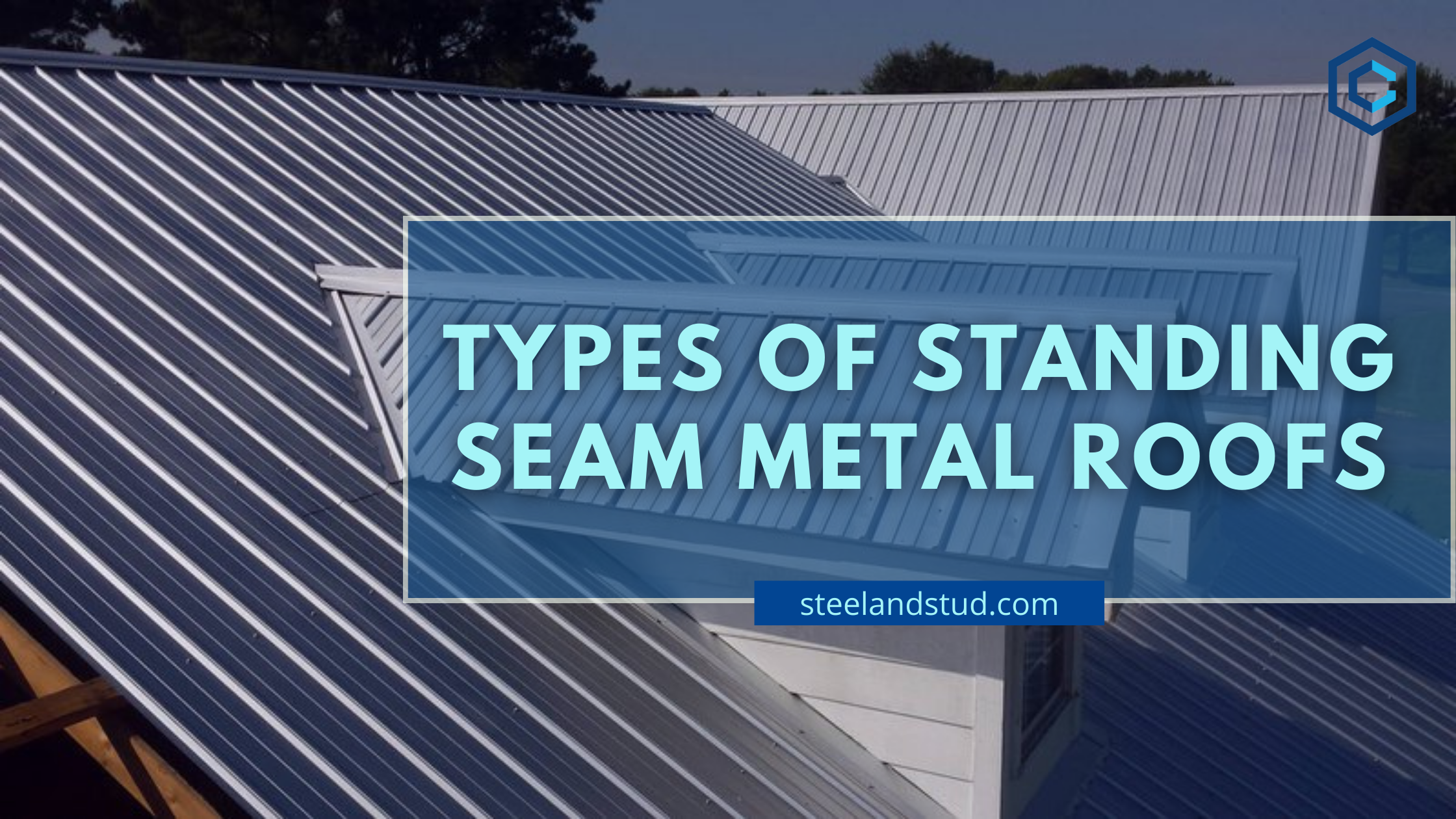
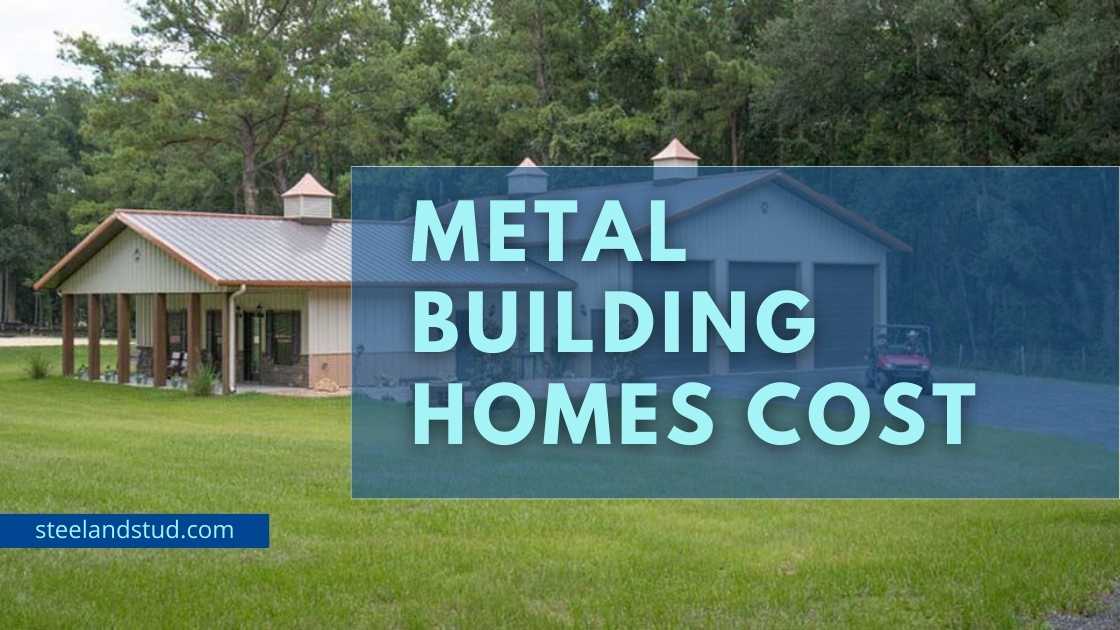
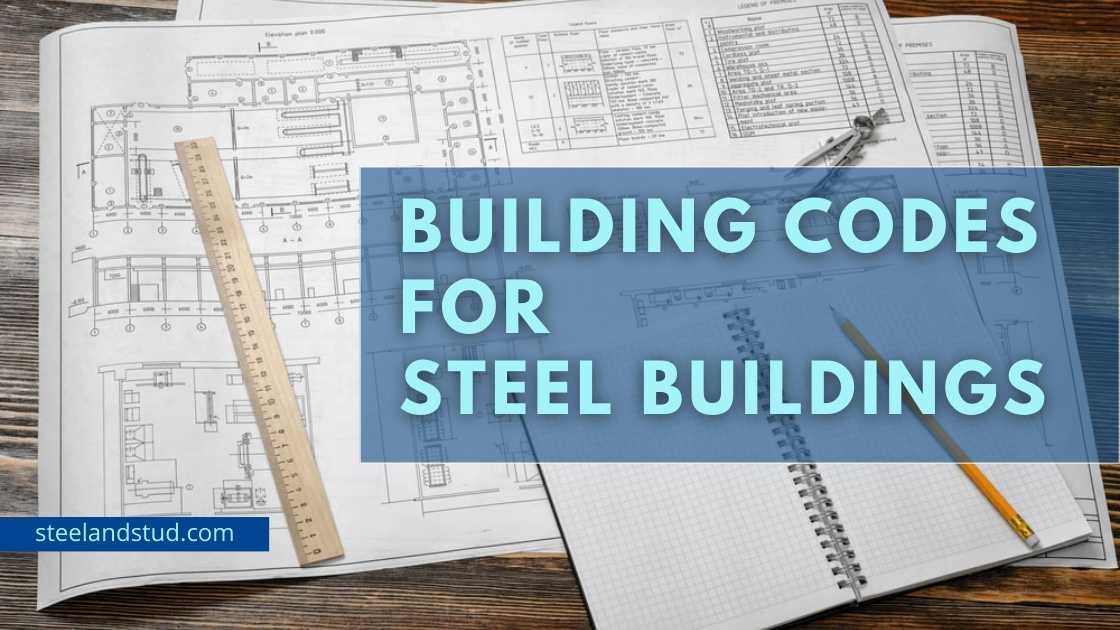

Indoor Riding Arenas: Types, Features, Benefits, and Cost
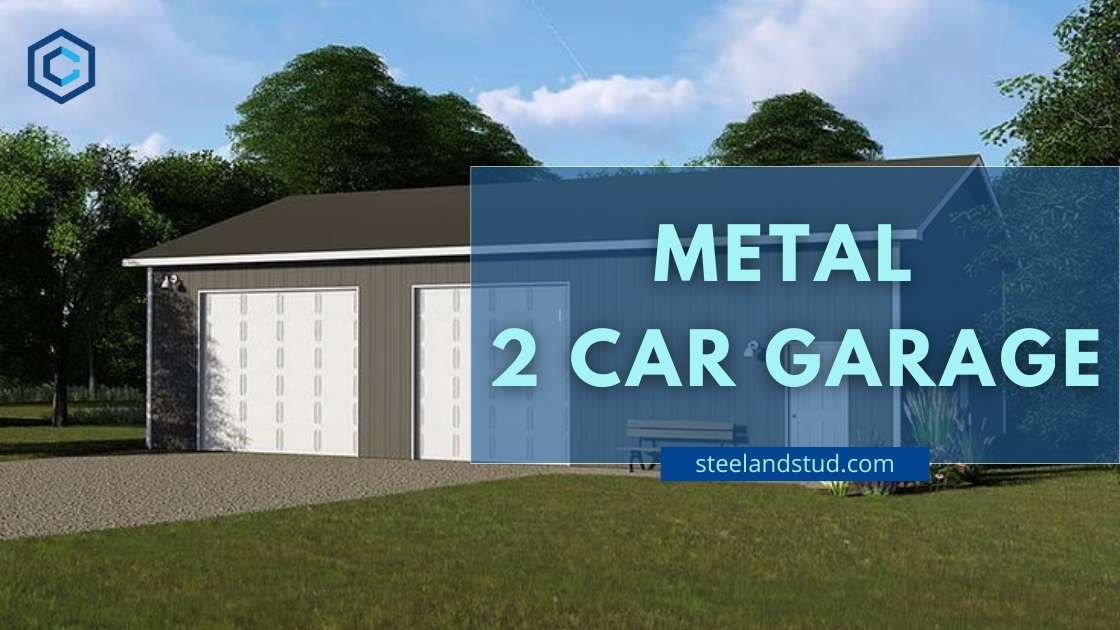
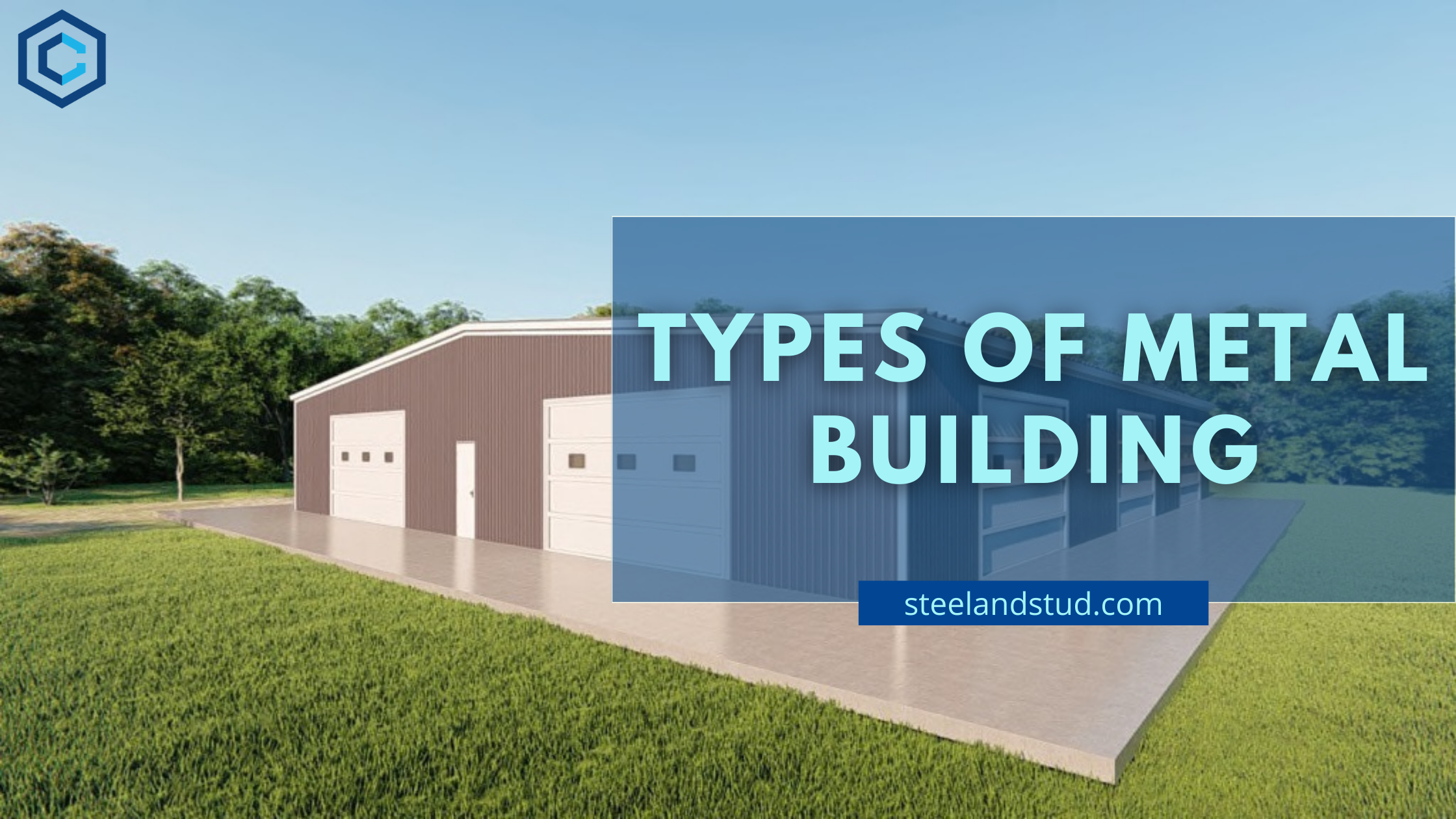
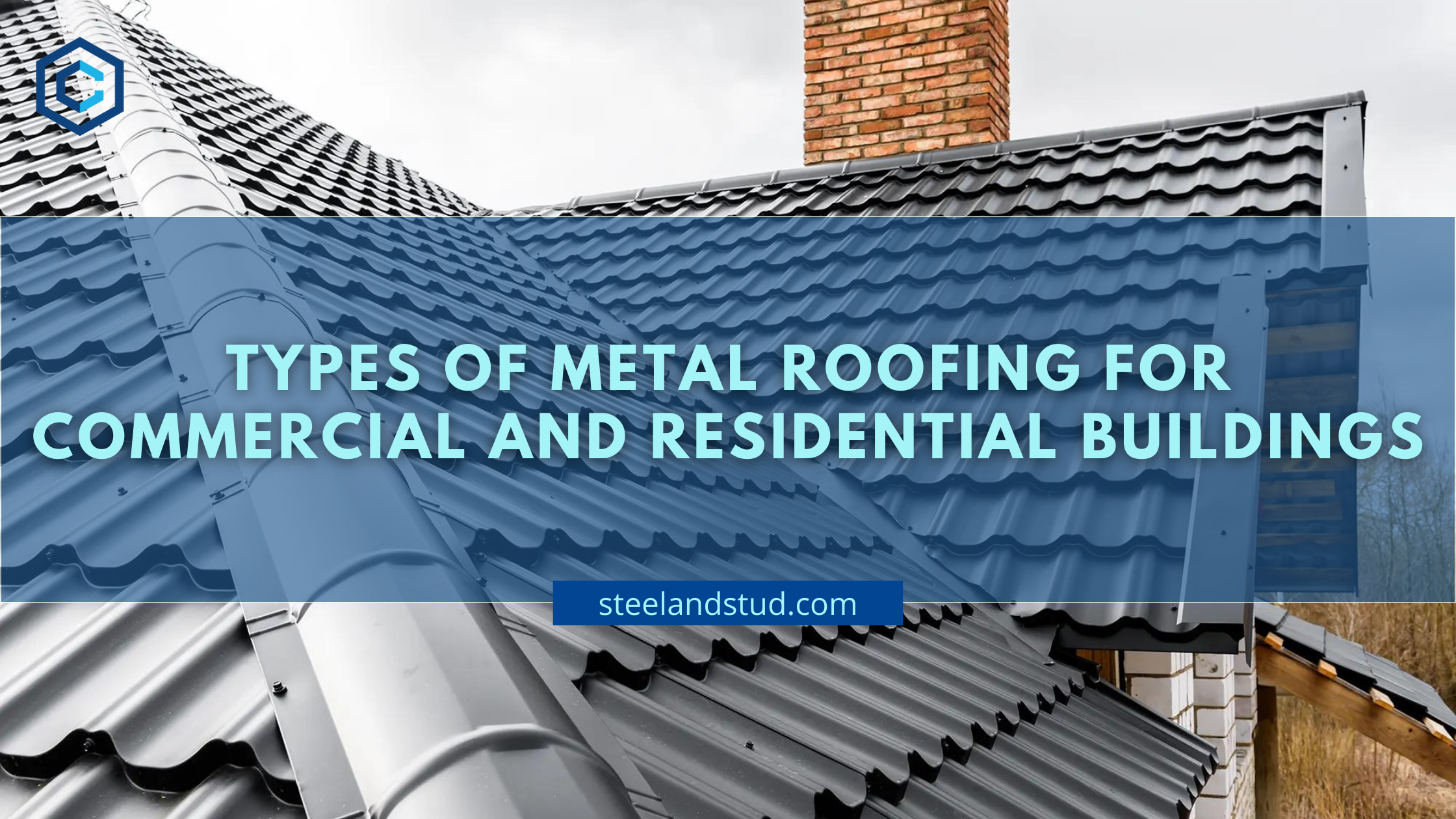
Different Types of Metal Roofing for Commercial and Residential Buildings
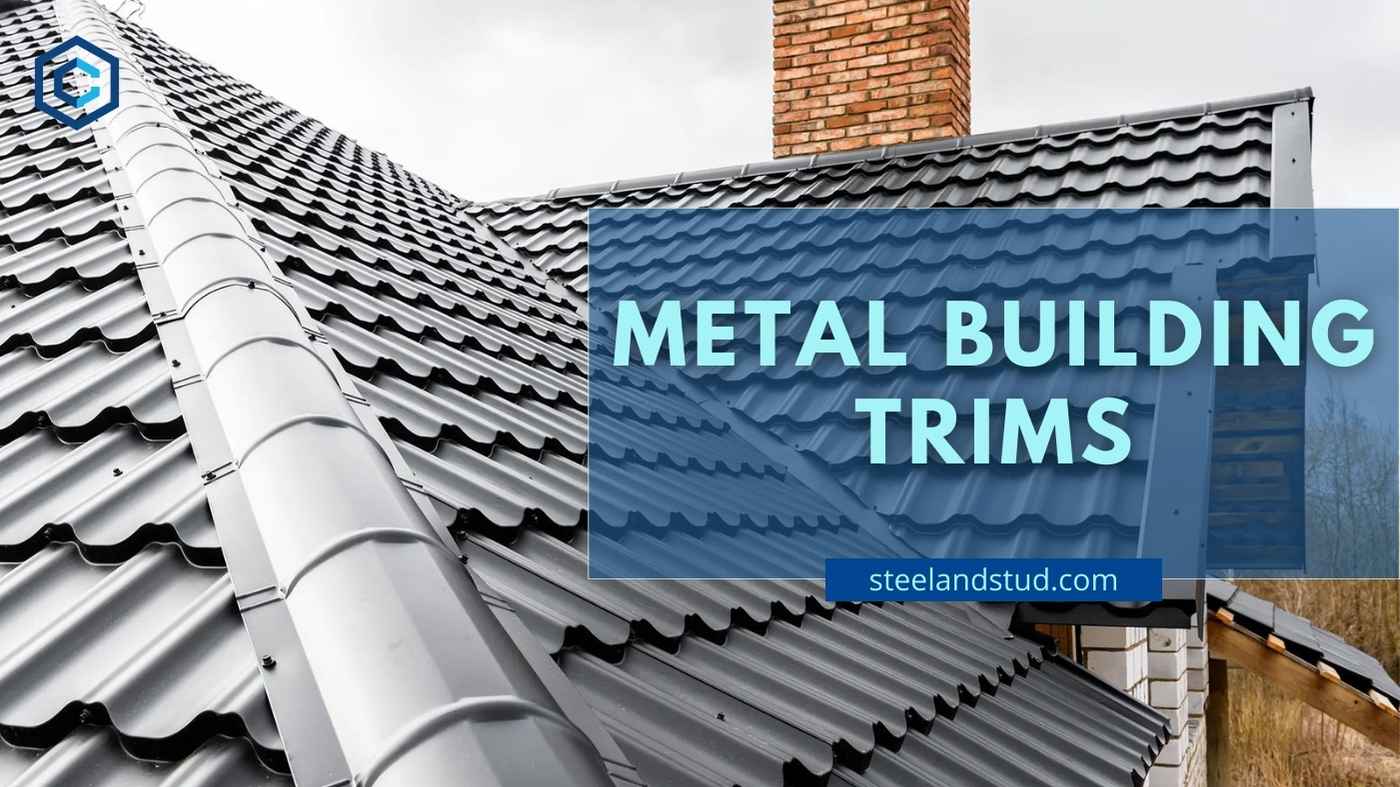
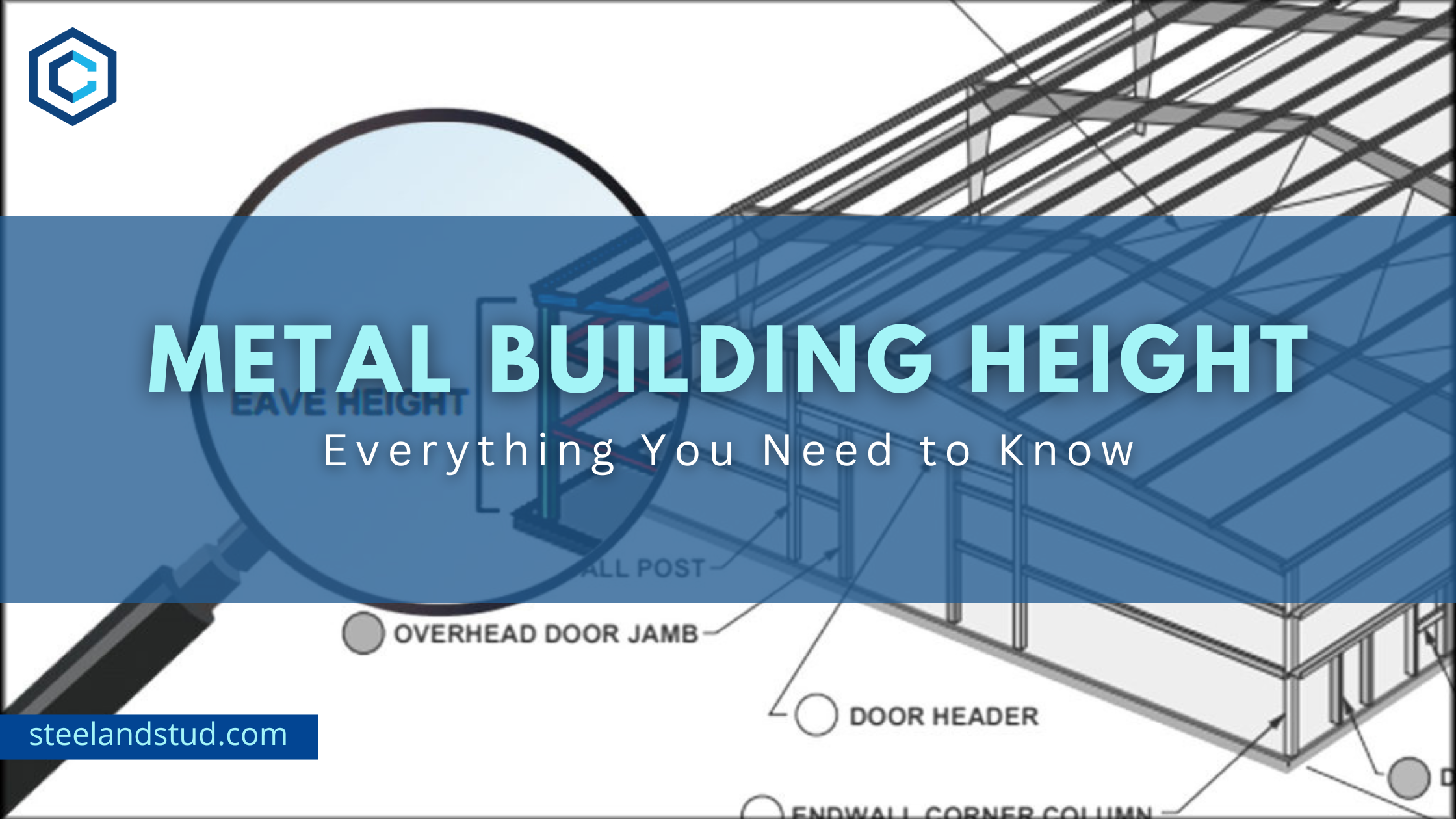
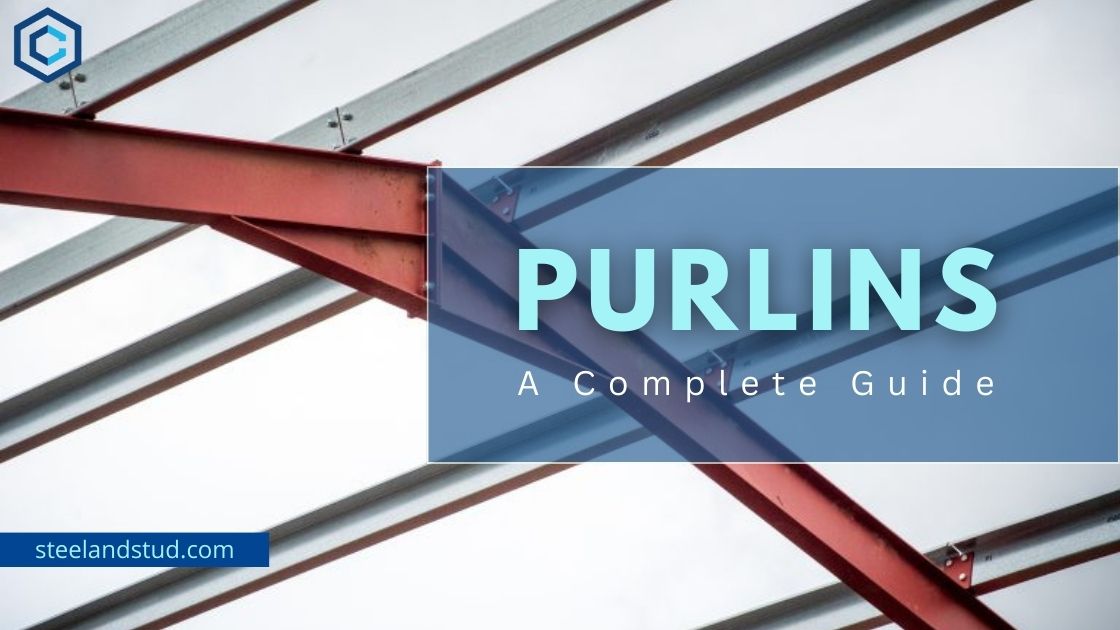
What Is A Purlin? Types, Sizes, Designs, Accessories & Cost
